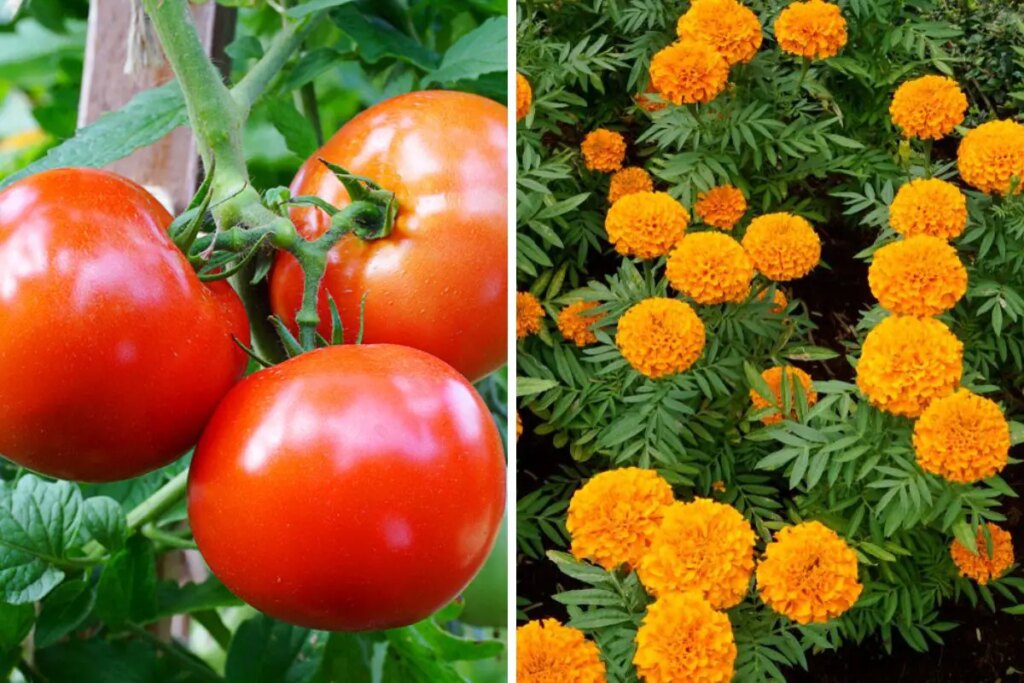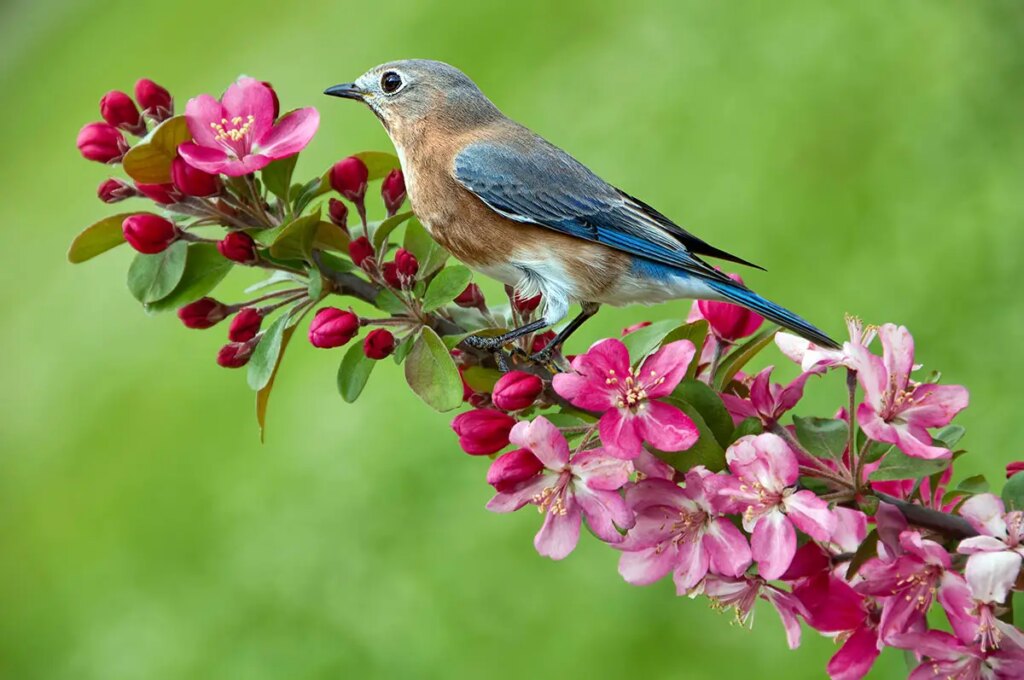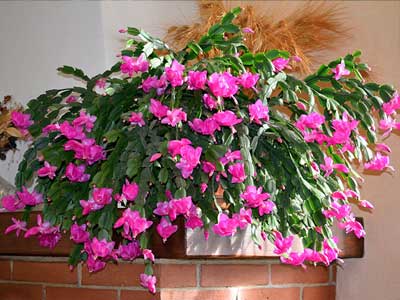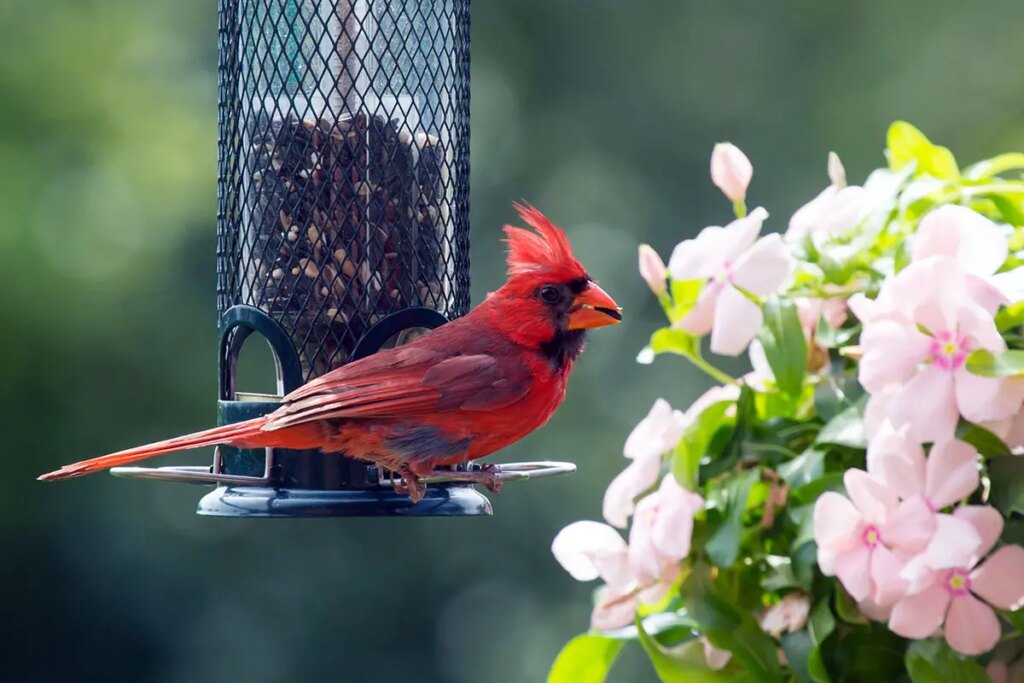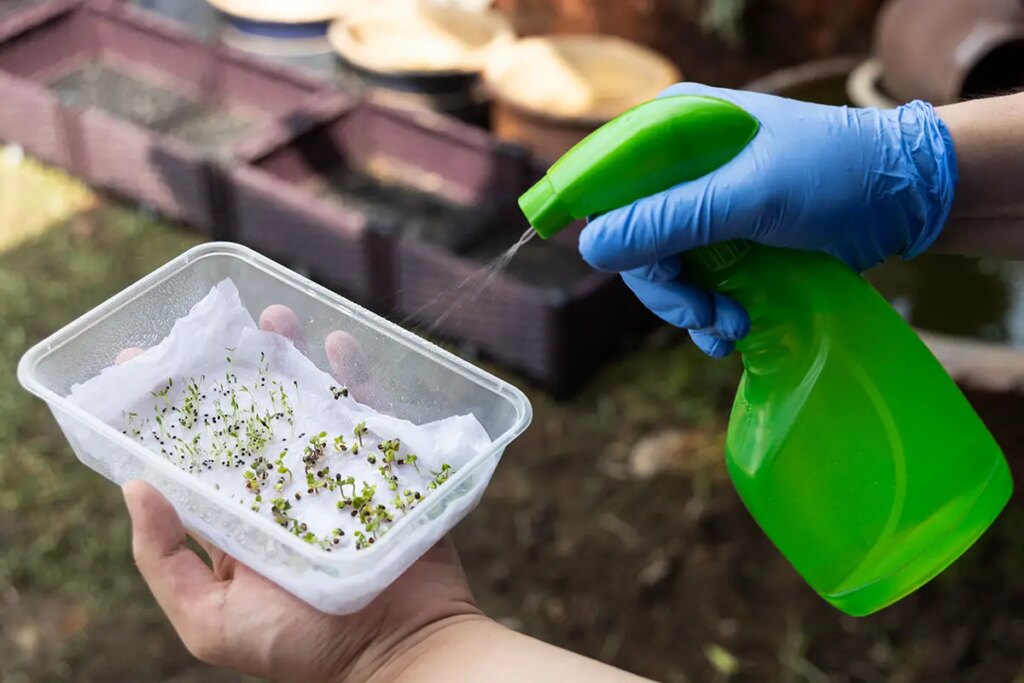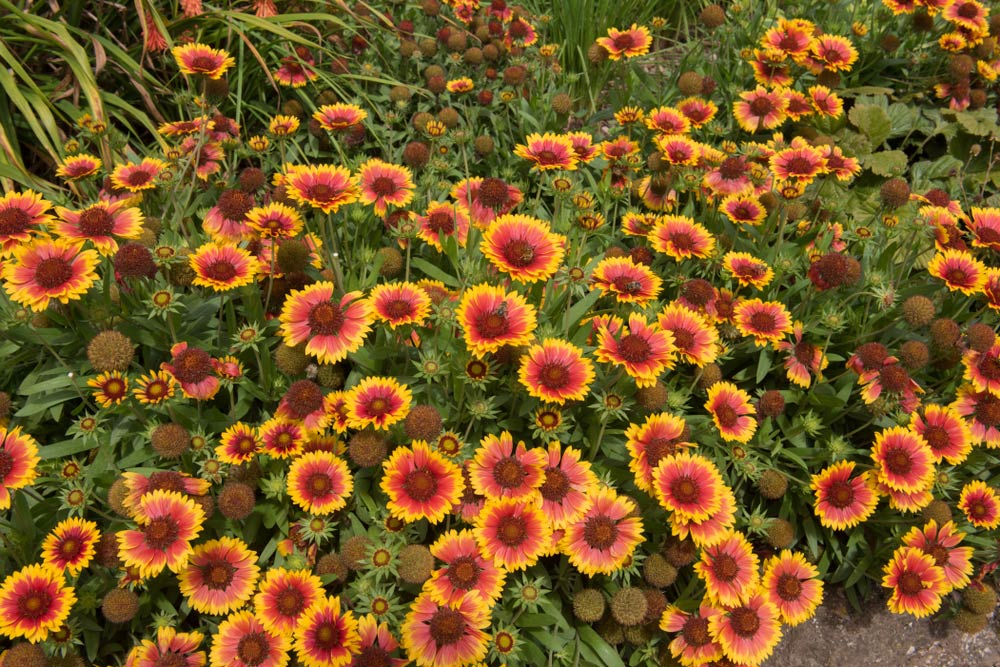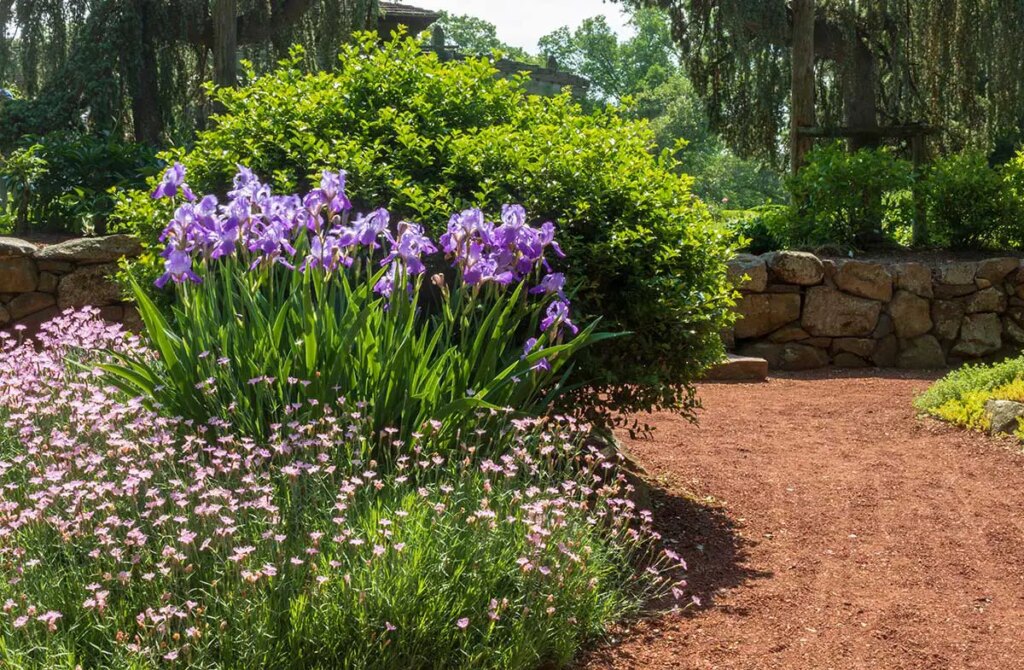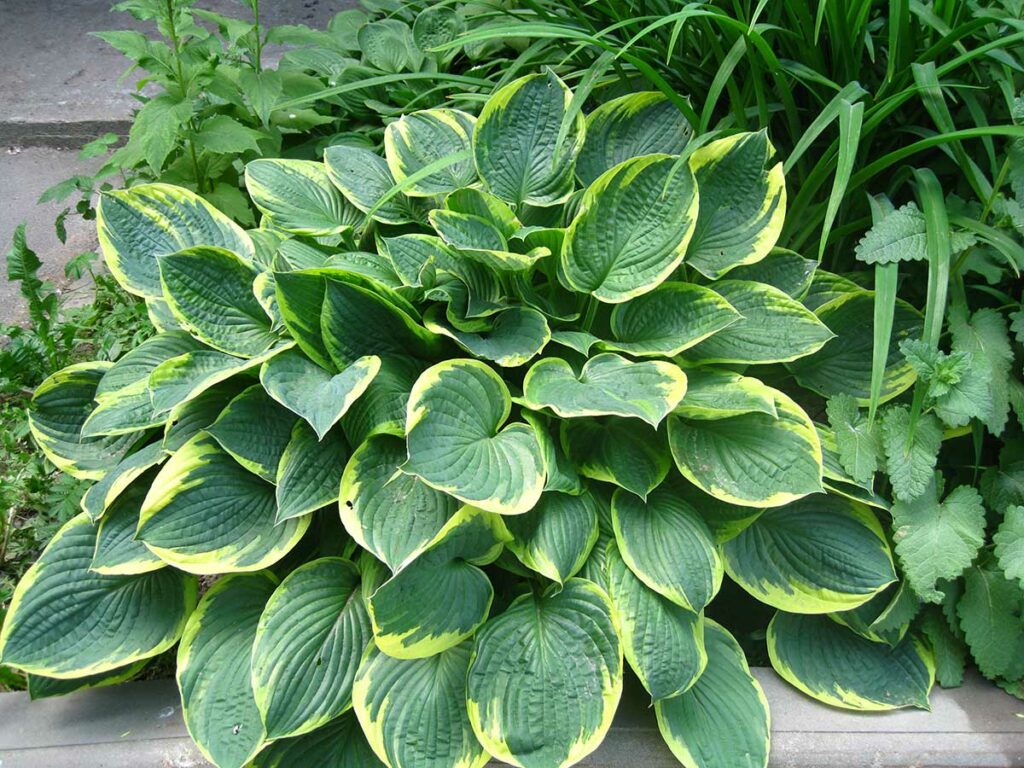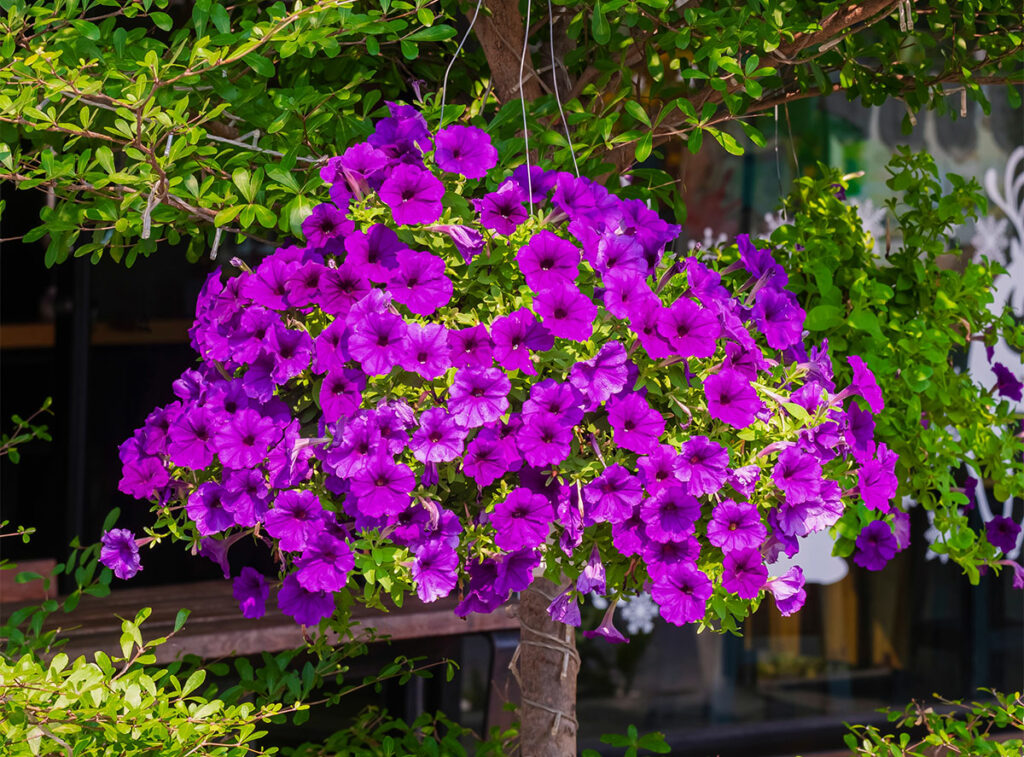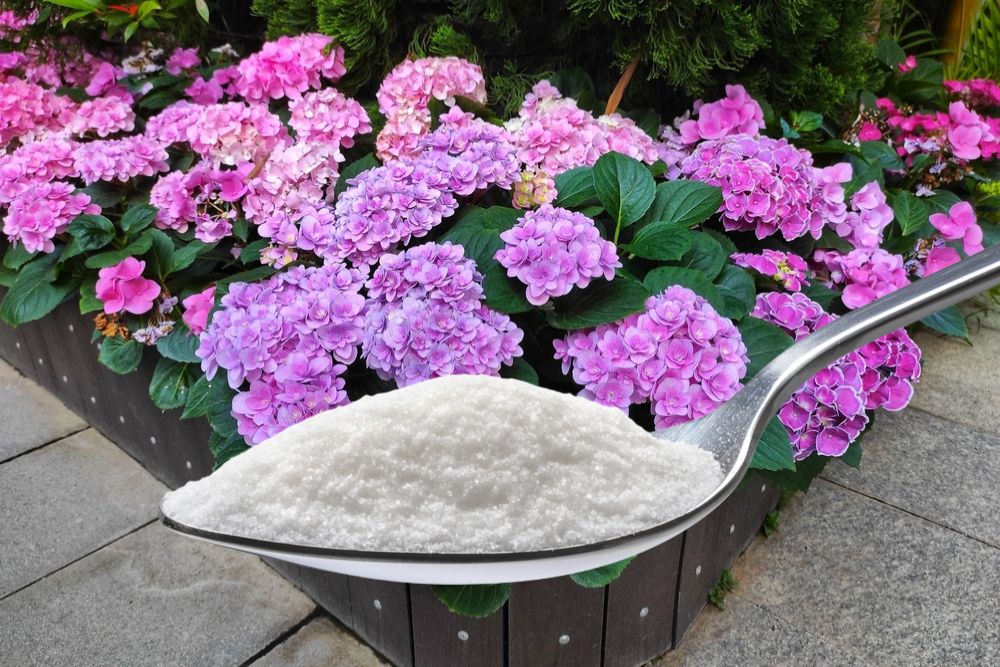
Hydrangeas are beloved for their gorgeous blooms and the way some varieties can shift from vibrant blues to pretty pinks.
You may have heard that a sprinkle of baking soda is the secret to brighter blossoms and healthier hydrangeas, but is there any truth to this popular garden tip?
Baking Soda’s Potential Benefits
- Color Change…Sometimes: Baking soda is alkaline and might temporarily raise the pH of your soil. In specific hydrangea varieties, this can encourage pink blooms. However, this effect isn’t guaranteed for all hydrangeas.
- Tackling Overly Acidic Soil: If your soil is too acidic for hydrangeas, some baking soda might help in the short term. But be careful – you don’t want to swing the pH too far in the other direction.
The Downsides of Baking Soda
- Lack of Nutrients: Baking soda doesn’t offer hydrangeas the nutrition they need for healthy growth and abundant flowers.
- Potential for Overuse: Using too much can damage roots and hinder your hydrangea’s ability to thrive.
- A Fleeting Fix: Baking soda’s effects on soil pH are often temporary, meaning you’ll need to keep reapplying it.
So, Is It Good or Bad?
The verdict? Baking soda falls short as a reliable fix for hydrangeas. While it might have very minor, temporary uses, there are far better ways to give your hydrangeas the care they deserve.
What to Do Instead
- Start with Soil Testing: Before adding anything, get a soil test. This will reveal your starting pH and guide your next steps.
- Aluminum Sulfate for Blue Blooms: If you desire those iconic blue hydrangea blooms, aluminum sulfate is the best way to make the necessary soil acidity adjustments.
- Nourish with Hydrangea Fertilizer: A fertilizer specifically formulated for hydrangeas ensures they get all the nutrients they need to flourish.
The Takeaway
While the baking soda trick is tempting, don’t rely on it as a primary care method for your beautiful hydrangeas. Stick to trusted methods for vibrant blooms and long-term plant health!





